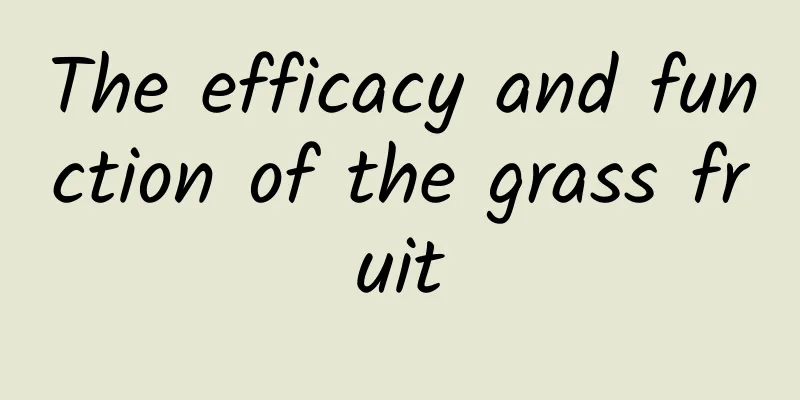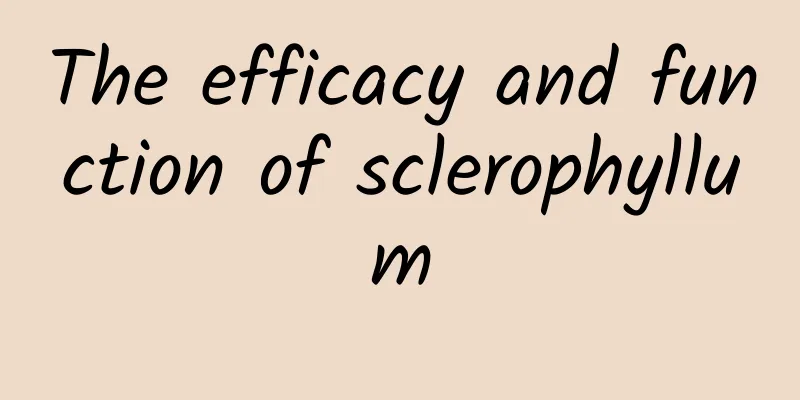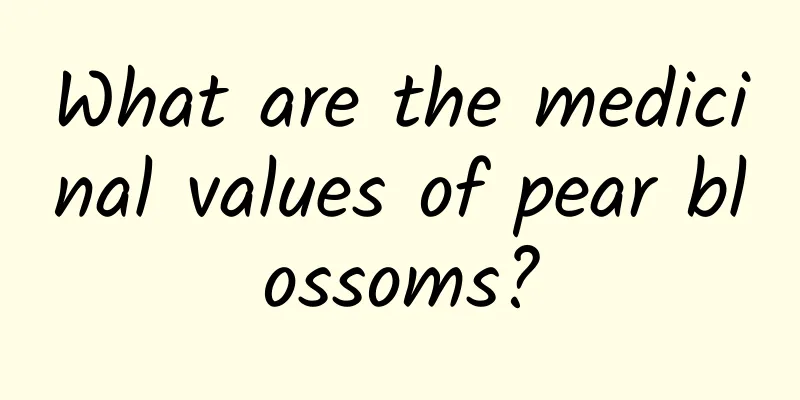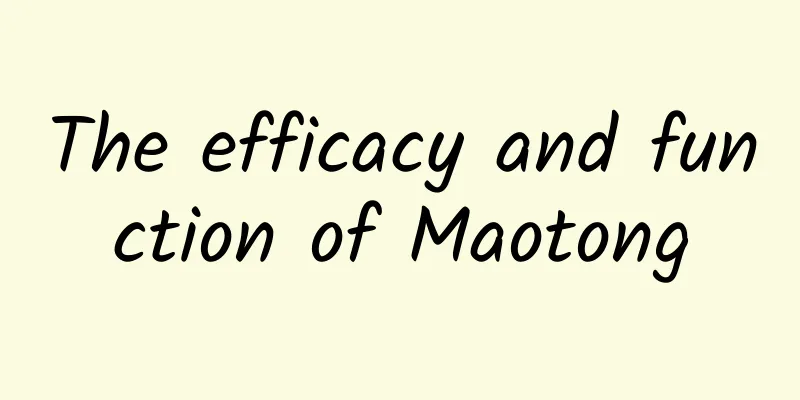The efficacy and function of long-tubed pedicel

|
The development of Western medicine has brought some crises to traditional Chinese medicine. But traditional Chinese medicine still has many magical aspects. Let’s talk about the effects and functions of the traditional Chinese medicine Artemisia longituba. 【Alias】 Lu Russerbu (Tibetan name) [Source] It is the flower of the long-tubed Pedicularis of the Scrophulariaceae family. Harvest from May to October. [Original form] Low herb, 10 to 20 cm high. The roots are in bundles and the epidermis is dark brown. Stems solitary or clustered, erect, unbranched. The basal leaves are often densely clustered and have long petioles; the stems and leaves are alternate; the leaf blades are pinnately lobed to deeply lobed. Lanceolate to narrowly oblong, with 5 to 9 pairs of lobes, doubly serrated, the teeth often called and curled. The flowers are all axillary; the calyx is tubular, with 2 teeth, palmately divided, and the lobes are serrated; the corolla is 2-lipped, yellow, with 2 brown-red spots near the throat of the lower lip, the floral tube is slender, and the 3 lobes of the lower lip all have obvious concave heads. Capsule lanceolate. Seeds narrowly oval. Flowering period is from May to October. [Habitat distribution] Growing in alpine meadows and along streams. Distributed in Yunnan, Sichuan, Tibet and other places. [Properties and flavors] "Commonly used Chinese herbal medicines in Tibet": "cold in nature, astringent in taste." 【Functions and indications】 ① "Commonly used Chinese herbal medicines in Tibet": "It can promote diuresis and astringe semen. It can treat edema, spermatorrhea, tinnitus, dry mouth and tongue, and carbuncle." [Usage and Dosage] For oral use: decoct in water, 2 to 3 qian. 【Excerpt】 《*Dictionary》 [Source] From "Common Chinese Herbal Medicines in Tibet" This article introduces some basic knowledge about the medicinal herb Pedicularis longipes, which is very effective in treating some related diseases of the human body. Moreover, long-tube Pedicularis has a certain conditioning effect on the body and can be eaten in moderation at ordinary times. |
<<: The efficacy and function of Guangdong Evergreen
>>: The efficacy and function of Baiyunhua root
Recommend
What are the differences between Cistanche deserticola and Cistanche wine?
Cistanche deserticola is not only a very precious...
Mistakenly thought it was a cold, and almost lost my life! Don’t ignore these situations...
Have you ever had this experience when you had a ...
The efficacy and function of gray sedge
As a traditional Chinese medicine, gray sedge pro...
The efficacy and function of Ephedra sinica
The medical value of ephedra sinica is beyond our...
What are the precautions when consuming wild pine pollen?
Nowadays, environmental pressure is getting great...
Brown spots on underwear after menstruation
Normal menstruation usually lasts about 3 to 7 da...
Subverting the law of "cannot live without water"! The fourth generation of nuclear power is expected in the future!
Human development is inseparable from energy, and...
Effects and functions of Celastrus orbiculatus
Celastrus orbiculatus has a long history, and up ...
What is Gecko
There are many details in life that deserve your ...
Psychological research: Don't spend all your time together, or the cost will be...
Leviathan Press: In the movie Little Children (20...
How many people's New Year DNA is touched by a bite of preserved meat? Stroke patients should be more careful about "delicious traps"
As the Year of the Snake approaches, bacon is a p...
Should you drink more soup after the beginning of summer? Do you know the 7 tips for drinking soup?
After the Beginning of Summer in early May, the c...
More than 1 million Chinese people have died from it! Huaxi experts teach you how to stay away from it scientifically
Start to refuse smoking from the first cigarette,...
The key moment of the travel industry in 2014: Mobile booking replaces desktop
Forty percent. This number was brought up along w...
Difference Between Lipoma and Lymph Node
Lipoma and lymph node are two different diseases....









